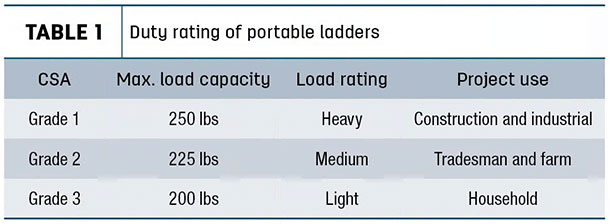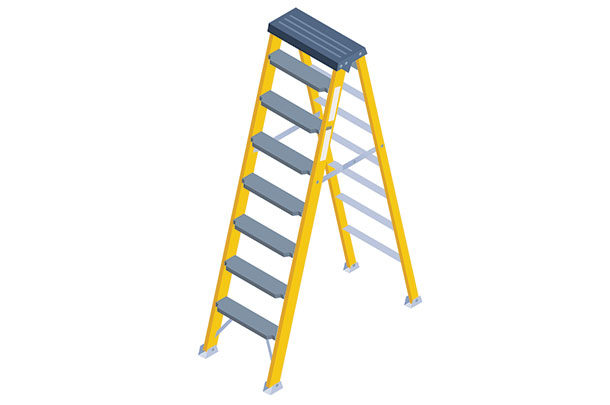Take this reality check for example. John was a farmworker who had been working for a dairy operation for ten years. John was climbing a new extension ladder to do some maintenance on the side of a barn. John was halfway up the ladder when it completely collapsed.
John’s fall resulted in a broken arm and shoulder injury. John was unable to work for two months while he waited for surgery.
After his surgery, he could use his arm again, but not as much as he could before the fall. John’s employer was not able to accommodate him, so at the age of 56, John had to start a new career.
Everything considering, John is lucky. If John had fallen differently, he could have broken his neck and died.
There are many hazards associated with ladders – the biggest one being a false sense of security when it comes to ladder safety. We all have climbed ladders before and never thought once about the consequences of falling off, but this needs to change. Other ladder hazards include:
- Falling from a ladder
- Being struck by a falling ladder
- Being struck by materials falling from ladders
- Tripping over ladders
- Lifting heavy ladders
There are four common misconceptions when it comes to ladder usage.
Misconception No. 1: There is no need to inspect a ladder before use
Ladders should always be inspected before use. Look for missing, loose or insecure steps or rungs; damage to non-slip feet; loose or faulty spreaders or locks; broken extension locks; corrosion, rust and excessive wear; loose nails, screws or bolts; and for any other damage to the ladder.
Misconception No. 2: I do not need to use fall protection
When you are working at a height of 10 feet (3 metres) you are required under the Occupational Health and Safety Act to wear fall arrest protection. However, you can still be injured when working at a lower height. Always be aware of how high you are climbing.
Misconception No. 3: Footwear does not matter
Even with slip-resistant treads or bumps on ladder steps or rungs, mud, grease, snow or other slippery substances can seriously decrease their effectiveness. Wipe off material from boots before you climb and always wear slip-resistant footwear.
Misconception No. 4: You can climb to the second-to-top step
Everyone knows they should not stand at the very top of the ladder. However, it is also unsafe to stand on the second-to-the-top of the ladder. The highest you should ever climb is to where your feet are on the third-from-the-top step or rung.
The reason for this is because the higher you stand, the more downward pressure is put on the ladder, therefore making it more unstable and dangerous.
Duty rating of portable ladders
According to the Canadian Standards Association (CSA), there are three grades of ladders (Table 1).

Pay attention to the grade and load capacity when purchasing and using ladders for farm use.
Fixed ladders
Fixed ladders are part of every dairy operation. Usually they are on the side of grain elevators, but they can also be found in barns, on farm machinery and on equipment.
As mentioned previously, if you are climbing above 10 feet (3 metres), you are required to wear fall arrest protection. Just because fixed ladders are attached to a building or to equipment, it does not make it any safer than portable ladders.
Always inspect fixed ladders before use and ensure your fall arrest protection equipment is on before you climb.
Ladders are a necessary part of life on a dairy. Ladder safety is essential to protect the safety or yourself, your team members and family. ![]()
Photo courtesty of Getty Images.

-
Cheryl DeCooman
- President
- People Management Group
- Email Cheryl DeCooman










